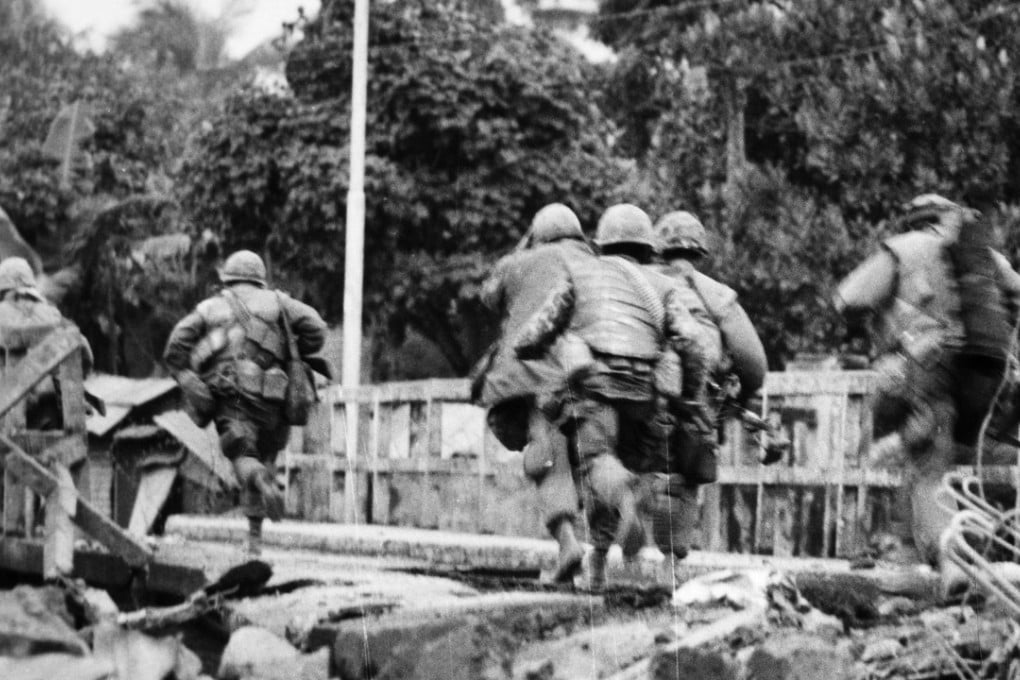Hue: what to see 50 years after Vietnam war’s Tet offensive nearly destroyed the historic city
City was badly damaged by fierce urban warfare that followed North Vietnamese Army’s surprise lunar new year attack in January 1968, but there’s still much to see of citadel from where emperors ruled for 150 years

Sipping warm ginger tea in the Truong Du pavilion and watching the soft rainfall on to the glassy surface of the ornate carp pond, it’s hard to imagine that fifty years ago, this tranquil part of Hue’s historic citadel was the scene of one of the most intense and bloody battles of the Vietnam war.
The pavilion is part of the splendid Dien Tho Palace, once the exclusive preserve of the imperial queen mother, where she would take the air and exchange court gossip with her coterie of loyal ladies-in- waiting. It’s part of the Imperial City in Vietnam’s former capital, designated a Unesco World Heritage Site in 1993.
Fashioned after Beijing’s Forbidden City, the Imperial City stands within the walled confines of the imposing red stone citadel, which encloses an area of some 520 hectares. It stands along the picturesque northwestern bank of the Perfume River. The Imperial City is protected by its own walls measuring 2km by 2km and the complex includes impeccably restored gate houses, temples, tombs, pavilions and moats.
Construction started on the orders of Emperor Gia Long in 1804 and it was to be home for 13 rulers of the Nguyen dynasty until 1945 when, within the grounds of the palace, the last emperor of Vietnam relinquished his throne.
Playboy, bon vivant and the last emperor of Vietnam, Bao Dai chafed at his role as France’s puppet
The so-called playboy emperor, Bao Dai, dismissed by many as an obliging puppet of the French imperialists, surrendered his ceremonial sword to the charismatic revolutionary and nationalist Ho Chi Minh.
These days it’s a popular visitor destination, and the distant, sonorous striking of a gong is often the only sound to be heard across the site of the Imperial City, where each building was carefully placed according to the advice of trusted royal geomancers.